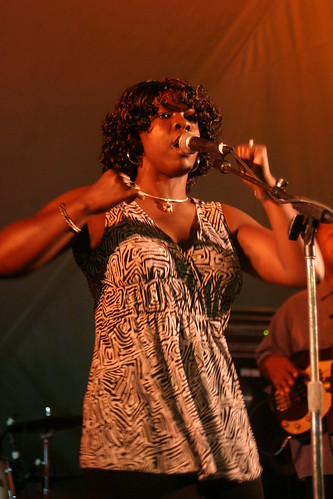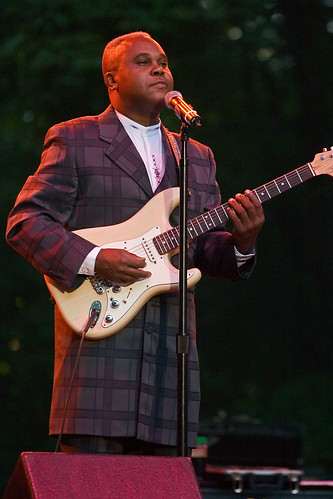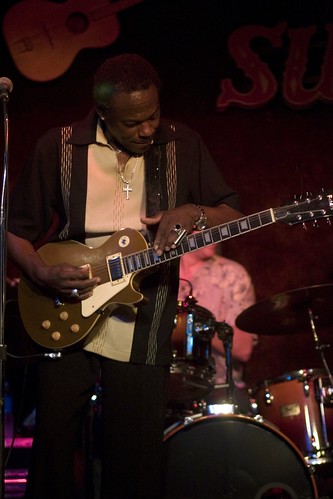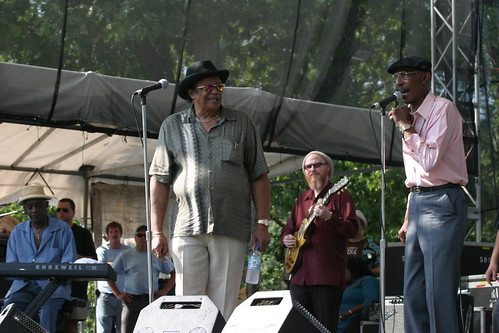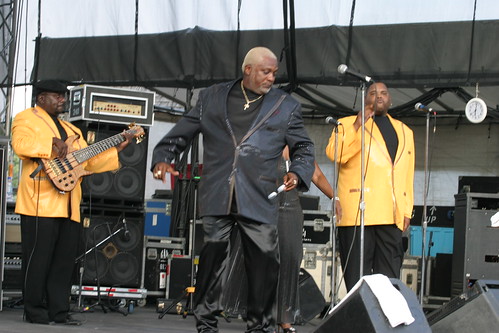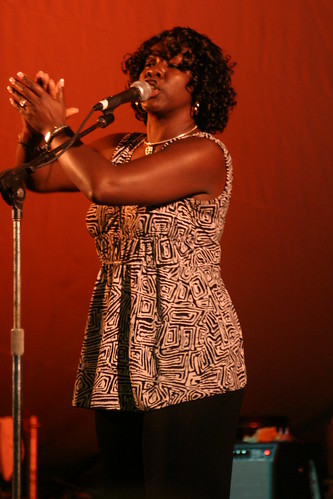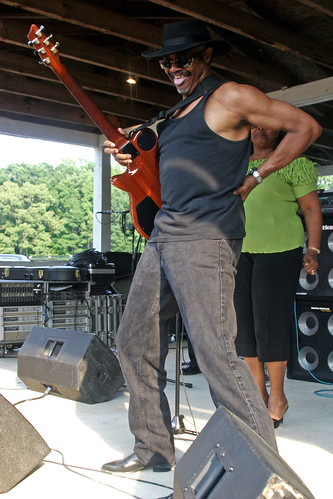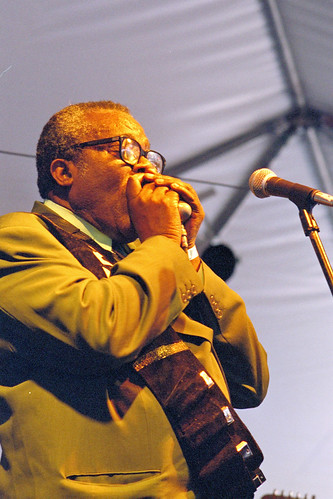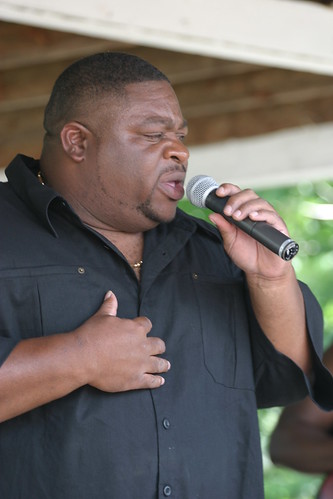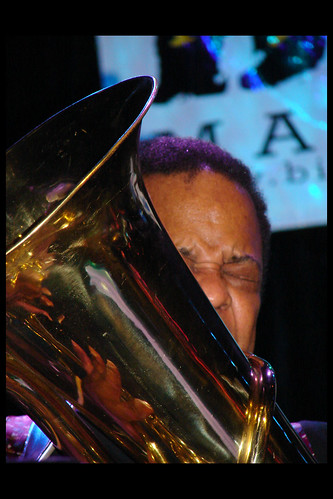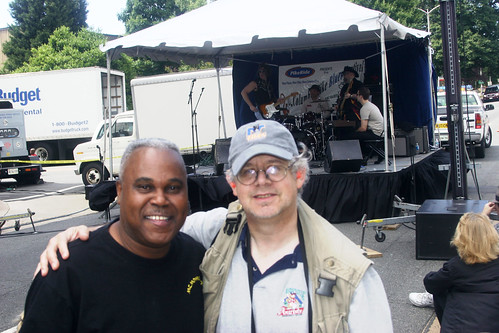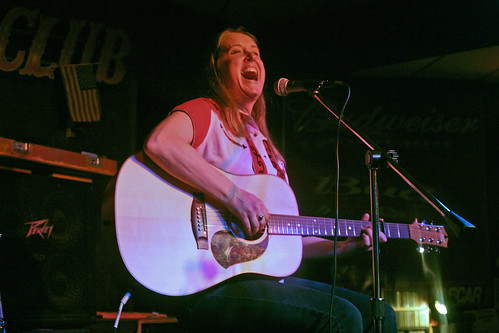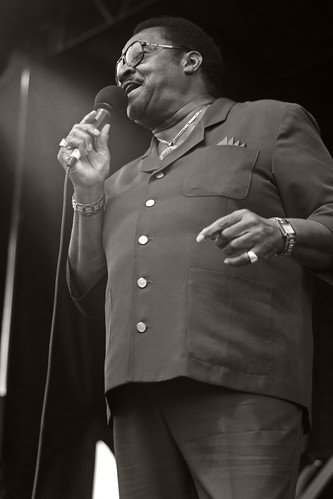
I have neglected this blog for way too long. To make up for it I have included my list of outstanding blues recordings from 2006. This is not an exclusive list as I have not heard all blues recordings (who has) but here are ones that I found particularly good. This list appeared original in the DC Blues Society’s newsletter, the DC Blues Calendar and a pdf file of that issue should be downloadable from www.dcblues.org
Outstanding Blues of 2007
(* are reissues) (^ local acts)
*Blast Off -- The Best Of Anson Funderburgh & The Rockets (Shout Factory)
*Roy Brown, Good Rockin’ Brown -The King & Deluxe Acetate Series, (Ace (UK))
Robert Cray Band, Live Across The Pond, (Nozzle)
^ Cephas & Wiggins, Shoulder to Shoulder (Alligator)
Williams Clarke, The Early Years Vol. 1 (Watchdog)
*Snooks Eaglin, With His New Orleans Friends (Universal)
Mary Flower, Bywater Dance (Yellow Dog Records).
The Hollywood Blue Flames/ Hollywood Fats, Road to Rio/ Larger Than Life (Delta Groove)
*Ivory Joe Hunter, Woo Wee!-The King & Deluxe Acetate Series, (Ace (UK))
Chris Thomas King Rise (21st Century Blues Recordings)
Little Ed & the Blues Imperials, Rattleshake, (Alligator)
^MSG - The Acoustic Trio- Meet Me in the Middle.
Janiva Magness, Do I Move You? (Northern Music)
Manish Boys, Live & In Demand (Delta Groove)
Mississippi Heat, One Eye Open - Live at Rosa’s Lounge, Chicago (Delmark) (CD & DVD)
Big James Montgomery Now You Know (self-produced)
John Mooney, Big Ol’ Fiya, LML Records)
^Saffire-the Uppity Blues Women, Deluxe Edition (Alligator)
Carlos Santana Presents: Blues at Montreux 2004 (3 DVD set w ^ Bobby Parker, Gatemouth Brown & Buddy Guy (Eagle Vision)
*Otis Spann, The Complete Blue Horizon Sessions (Blue Horizon)
*Sunnyland Slim, The Legacy of the Blues, (Universal)
Various, Blues Harp Meltdown Vol. 3 Legends (Mountain Top)
Various, Higher Ground: Hurricane Relief Benefit Concert (Blue Note)
Various, The New Orleans Social Club’s Sing Me Back Home (Burgundy Records)
John Long, Lost & Found (Delta Groove)
Various, Blowing the Fuse (1956-1960) (Bear Family) (1959 volume has Big Jay’s There is Something on Your Mind with Little Sonny Warner on vocals)
^Various, Songs of Peace & Forgiveness (benefit for Archie Edwards Heritage Foundation)
Watermelon Slim, Watermelon Slim & the Workers (Northern Blues)
Junior Wells, Live at Theresa’s 1975 (Delmark)
^ Chick Willis & Jacques Johnson, Cookin’ the Blues: A Tribute to Albert King featuring Chick Willis (Old School Productions)
* Smokey Wilson, Round Like an Apple, The Big Town Recordings 1977-1978 (Ace UK)
With Tower Records closing, its getting harder to find blues and other roots music in stores. Online retailers like www.bluebeatmusic.com or www.louisianamusicfactory.com specializing in such music deserve your support as do local independent retailers that carry such product. Some of these can also be obtained on www.amazon.com and local acts often from Wayne Kahn at Right on Rhythm at www.rightonrhythm.com.



